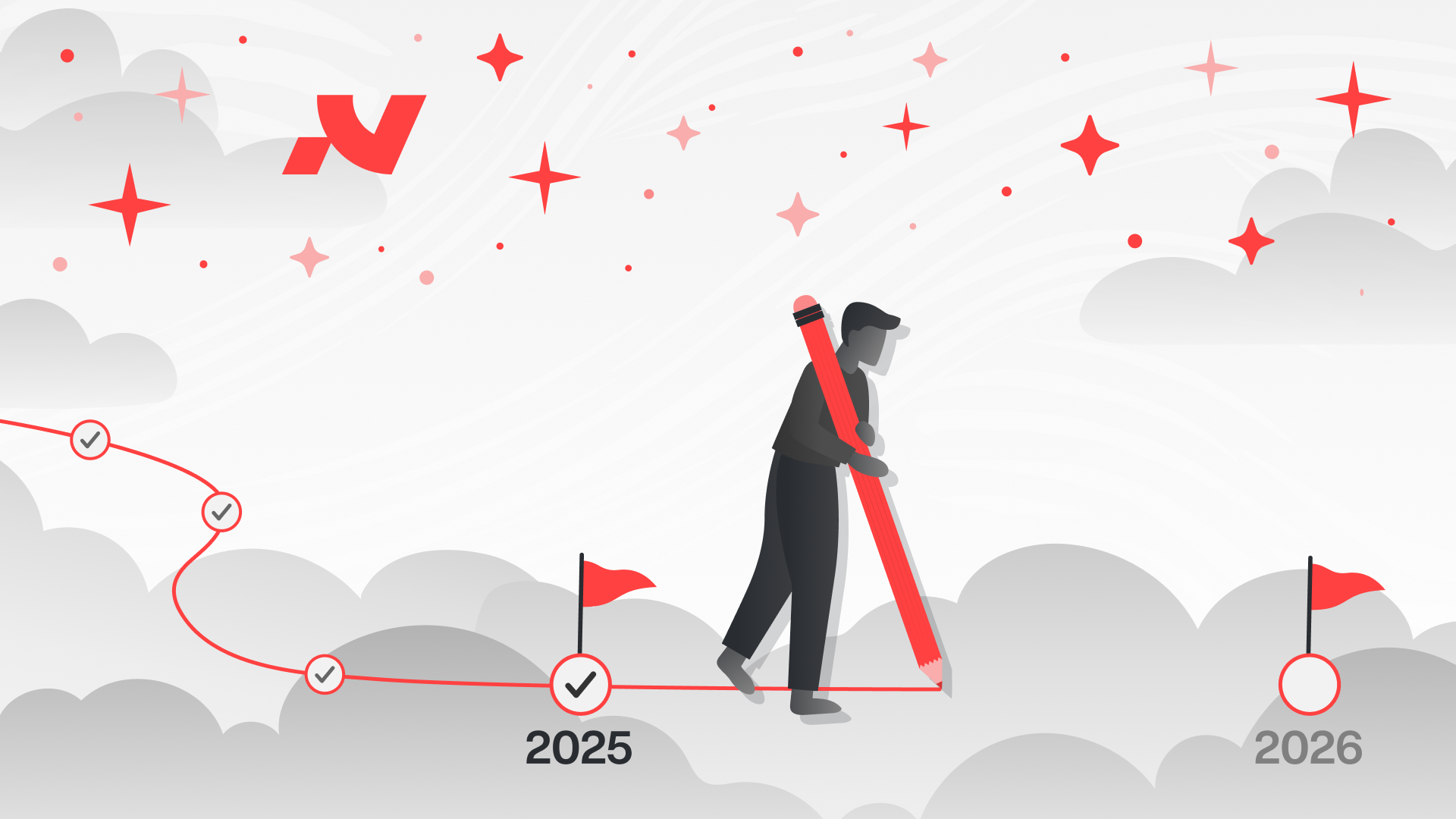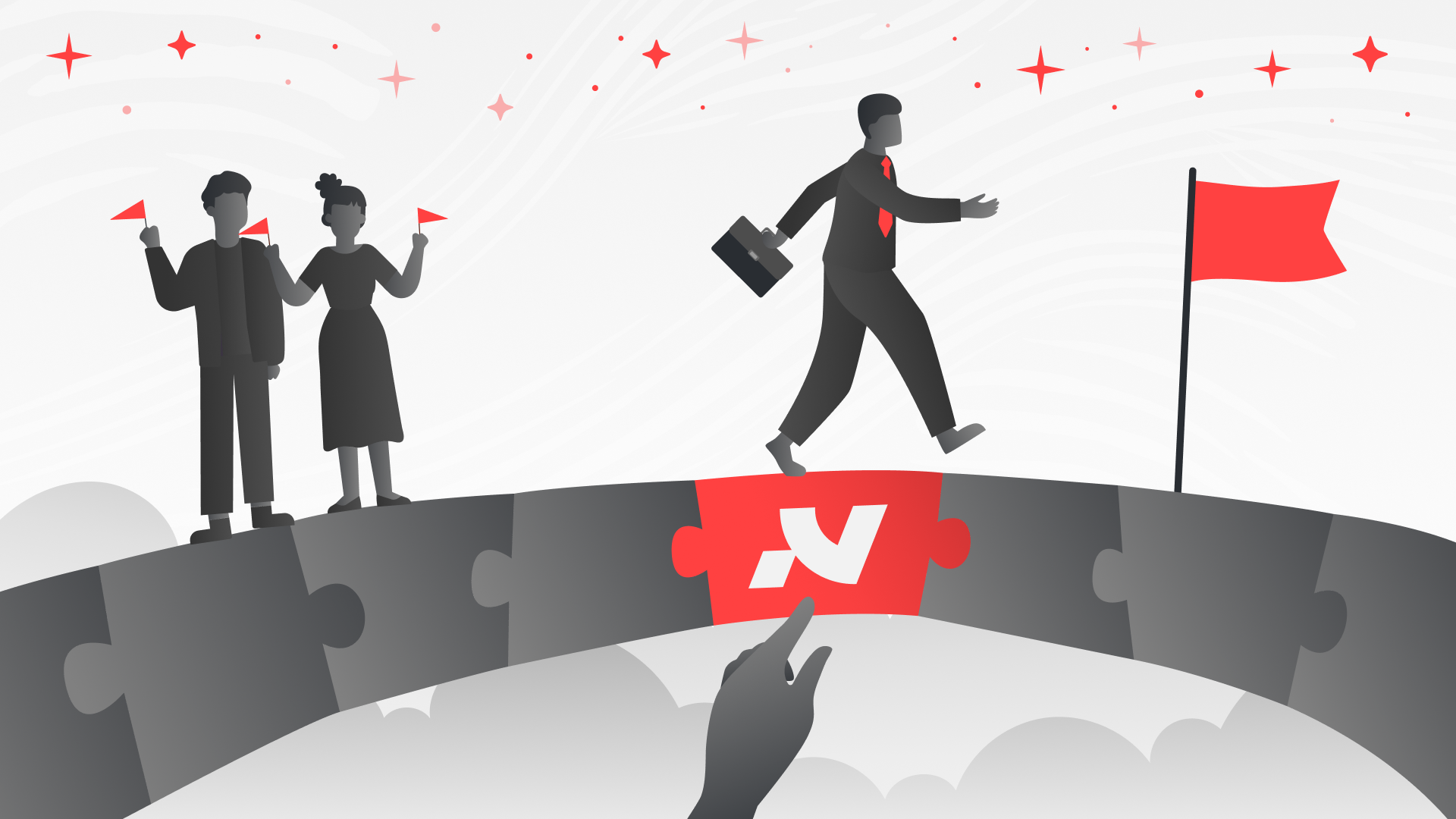Startups Don’t Need More Features
.avif)
There’s a dangerous addiction in tech: more features.
At first, your product is clean. Focused. Solves one thing really well. People love it. It’s got traction. But then you raise a round, hire a few PMs, and before you know it… you’re knee-deep in roadmaps, user requests, upsell opportunities, and investor pressure.
The result?
Feature. F*cking. Creep.
What once felt like a scalpel becomes a Swiss Army knife duct-taped to a blender.
The Black Mirror Effect
Ever watched the Black Mirror episode “Common People”? It’s set in a not-too-distant future where a life support subscription controls whether a person lives or dies. At first, it’s cheap and manageable. But the more “features” they tack on, the more painful, exploitative, and soul-sucking the system becomes. All while keeping the illusion of care.
It’s not subtle. And it shouldn't be.
That episode wasn’t just a jab at healthcare or capitalism — it was a cautionary tale about over-engineering systems at the expense of user value.
Sound like any SaaS pricing tiers you’ve seen lately?
Exactly.
When Startups Try to Be Everything
Let’s be real: the world doesn’t need another all-in-one AI platform that “revolutionizes everything” and actually does nothing particularly well.
The best products? They’re simple. Sharp. They solve a real pain point and don’t get distracted by shiny objects.
Dropbox didn’t start with shared folders and smart syncing — it let you save a file and access it from somewhere else. That’s it. Dead simple.
Notion didn’t launch with automation, AI, and databases wrapped in 72 templates. It was just a clean notes app with blocks.
The irony? Companies that stay focused often win bigger than the ones trying to offer everything to everyone. Because the more things you try to solve, the fewer you actually solve well.
Figma Did It Right
Let’s talk about a company that actually knows what it’s doing: Figma.
At Config 2025, they didn’t just announce fluff. They didn’t go, “Here’s an NFT tool, a built-in chatbot, and a way to 3D print your wireframes.” They focused on expanding their ecosystem with tools that made actual sense:
- Figma Make: AI-assisted code generation bridging design and development
- Figma Sites: A direct shot at Webflow and Framer — streamlining site deployment natively
- Figma Draw: Making design workflows faster and smoother for actual creatives
They weren’t just feature-dumping. They were reinforcing their core strength — helping people design and build better, faster, and together.
That’s what smart expansion looks like. It’s not “more” for the sake of more. It’s more of the right stuff.
Don’t Sell Features. Sell Impact
Let me be blunt: if your marketing deck leads with features, you’ve already lost.
Customers don’t care how many toggles and dashboards you’ve crammed into your app. They care about the outcome. What are you solving? What pain disappears the second they pay you?
And if your product solves something important — cleanly, clearly, confidently — people will pay for it. No fluff needed.
Tools ≠ Differentiation
I’ve said this before and I’ll say it again: if your company identity is built around a tool, you’ve already got a ceiling.
We started Nexubis as a Webflow shop. Solid tool, great for speed — but limited scope. If we stayed in that lane, we’d still be spinning out landing pages for DTC brands on retainer.
So we evolved.
We focused on problems. Brand strategy. Messaging. Design systems. Launch frameworks. Suddenly, Webflow became just one tool in a much deeper kit — and the clients followed.
Most people don't need more software. They need clarity.
Busy ≠ Valuable
This all ties back to one thing: intentionality.
Startups love feeling busy. Building stuff. Launching features. Hustling.
But movement isn’t momentum. More buttons don’t mean more value. The fastest-growing companies aren’t the ones with the most roadmap items — they’re the ones solving the right problem for the right person at the right time.
TL;DR: If It Ain’t Broke… Refine It
You don’t need more features. You need more discipline.
- More empathy for your users
- More focus on your mission
- More courage to say no to bad ideas
Because startups don’t die from a lack of ideas. They die from too many of them.
So before you build that next feature no one asked for…
Ask yourself: does this solve something? Or are you just padding the pricing tier?
If it ain’t broke — refine it. Don’t wreck it.


